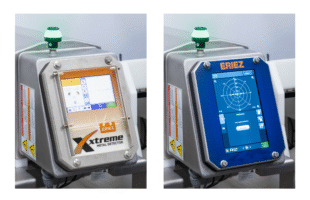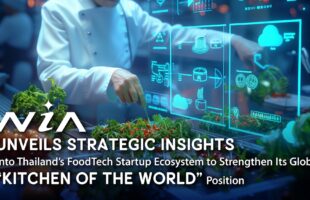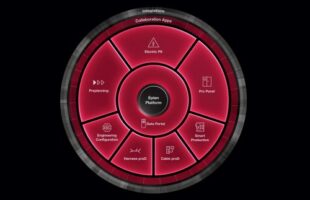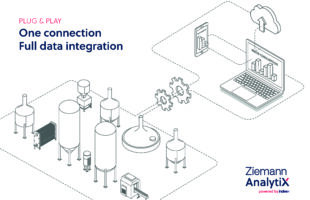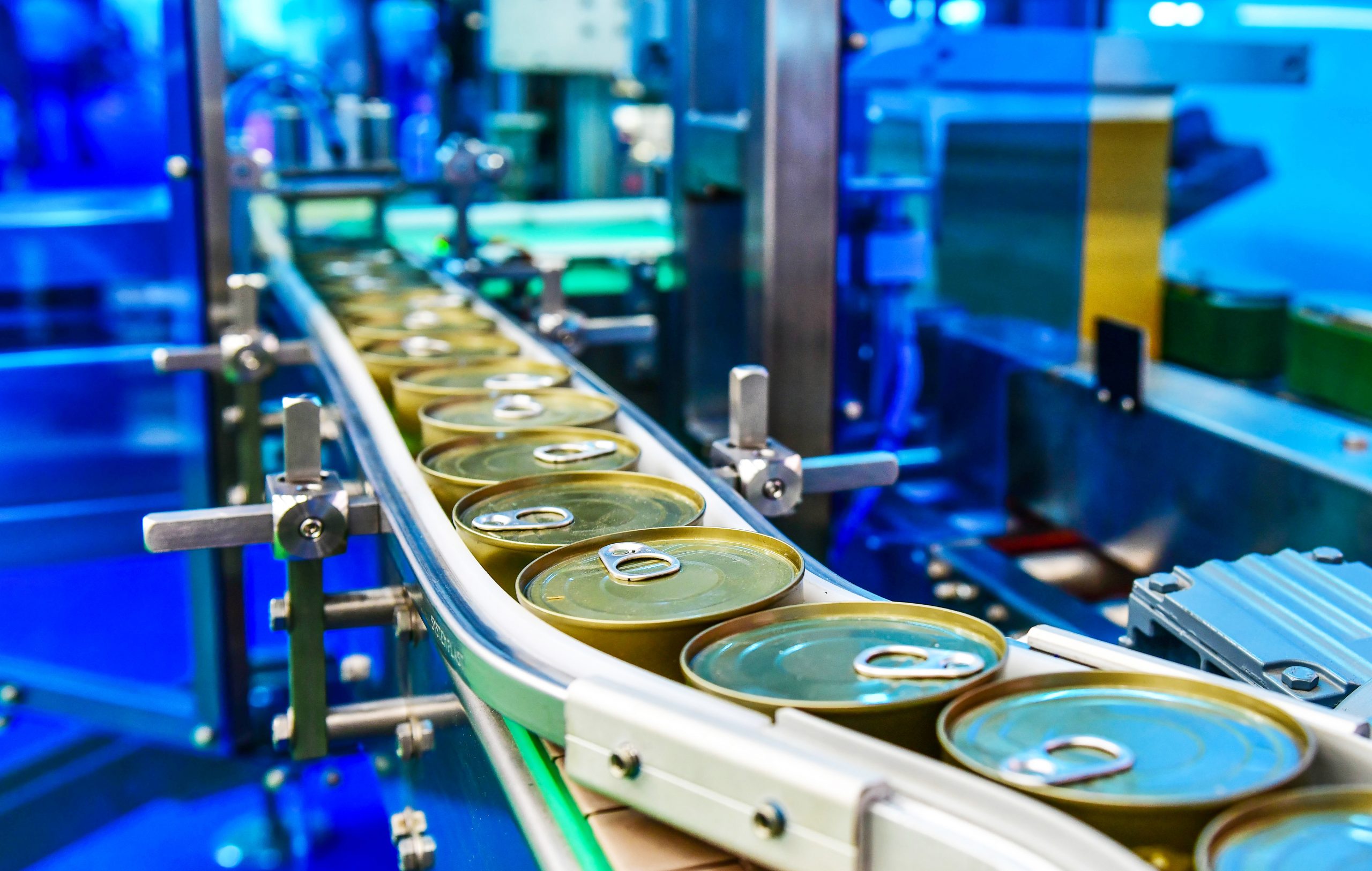
Digitising food processing has ensured the food and beverage industry's survival during the pandemic.
The food production capacities across the globe continue to be challenged with supply chains under severe stress, changing travel restrictions and the uncertainty that the pandemic has brought. The past couple of years served as a wake-up call for many countries like Singapore, revealing just how weak its food security system is.
And with Asia’s population continuing to grow, increase, a weak system won’t be able to sufficiently feed the succeeding generation. Focusing on self-sufficiency is becoming stronger in the Asia Pacific region, as most of the population is found in the area. There is an increased pressure to introduce innovations that will enable them to secure food for future hungry people.
Although this, along with sustainability, is not technically a new problem, the pandemic has only brought these to the surface, causing leaders and key players to think of solutions to circumvent these problems. They have turned to technology as the primary force that’ll drive changes in the industry, making it more efficient and able to tackle this major issue of food security.
New innovations
The pandemic brought technology mainstream, and many companies especially in a mostly traditional industry like food and beverage were forced to believe in technology. It was a good idea that many began digitising their operations as food and agriculture are very necessary sectors.
Technology has kept them running, even as most of the world was shut down, and now it’s being used to boost food security. Two key benefits that were commonly seen include an increased yield in every step of the value chain and lower food wastage.
It has also made businesses more agile, fit to handle the many threats and issues food and beverage (F&B) faces today.
According to Thiagraja Manikandan, Chief Information/Technology Officer at Olam, there are five major technologies that are becoming prevalent in the F&B industry. These are namely quantum computing, augmented and mixed realities, artificial intelligence (AI), blockchain and 3D/4D printing. These help create a reimagined global food system, a new world that is still unheard of even today.
We’re seeing increased adoption of many iterations of these major innovations. For instance, as drone technology costs are down, more are utilising similar technologies that can capture sensory data or satellite images to successfully do precision farming processes. These include precision nitrogen applications, regenerative agriculture practices and even carbon sequencing.
Remote analytical tools that can provide real-time predictive analytics will also be on trend, with smart monitoring models using cloud and the Internet of Things (IoT) integrated in food manufacturing equipment.
Autonomous farming technologies that utilise the IoT, sensors and robotics to help support farm labor that is currently under duress.
Artificial food and biotechnology will also be on the horizon, and we’re seeing glimpses of it already with the cultivated meat industry. RNA sequencing to build seeds that are more disease-resistant and yield-boosting is also forecasted to occur in the coming years.
Eileen Chua, Managing Director at SAP is also working towards making technology accessible to every segment of the value chain. For instance, a democratisation of tech tools will take place, with farmers easily accessing data to help make better decisions that will yield more crops.
Machine learning can support leveraging renewable energy and optimising land and water use. In effect, this not only reduces overall expenses, but environmental impacts as well. Sensors and blockchain technologies give greater transparency and may also prevent tampering, counterfeiting and mislabelling of products.
All of these, when put together, basically give companies more visibility into their supply chain and operations, making it easier to optimise where needed.
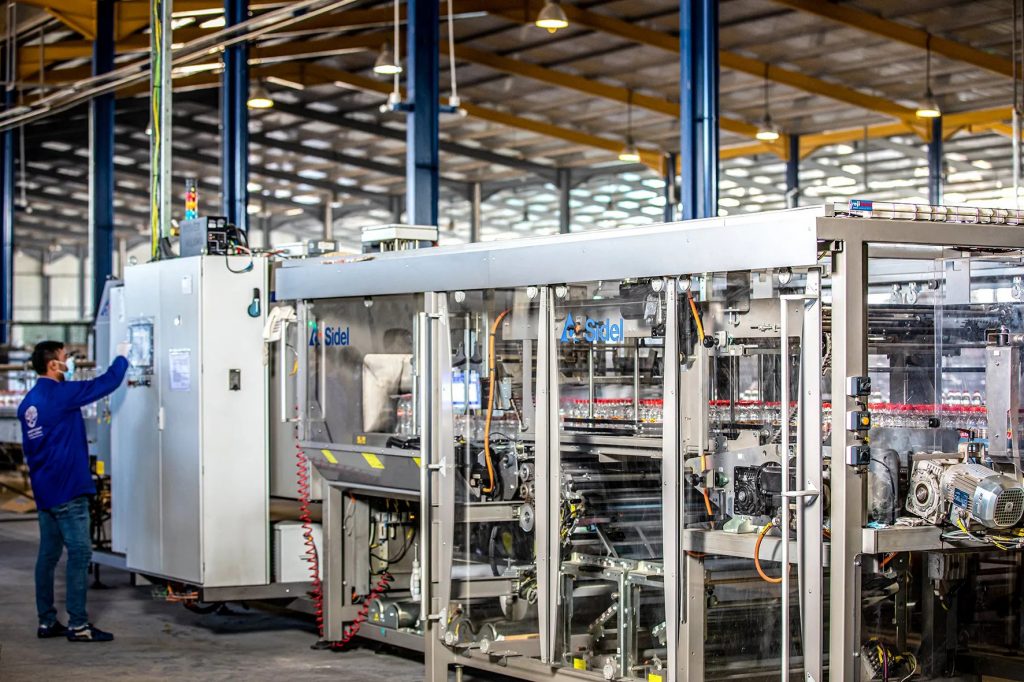
Starting a digital journey
While F&B is still mostly traditional, companies can certainly get started in integrating technology. For Manikandan, a mindset change and building technology awareness are important factors that businesses need to have.
There must be an acceptance that technology is here to stay and it can assist them in solving customer problems. It’s also necessary to know not just what technologies are available, but the challenges brought about by tech transforming the world.
Have large ambitions and incorporate them in your company’s long-term goals and strategies. Be open to creating innovation incubation projects in internal systems. Encourage experimentation and introduction of new ideas that can power the business.
“Don’t just talk about it. Start,” Chua emphasises, putting a focus on the positive impact that technology initiatives can bring. Enterprises don’t have to go grand at the beginning, as it’s okay to start small. It can be as simple as introducing chatbots or automating invoices.
As businesses are at different stages of maturity, it’s also important to determine where your starting point is. Figuring out what important processes you need to change first will be the beginning of the least complicated path to digital transformation.
And of course, your team must embrace these new innovations and leaders have to instill radical curiosity. Don’t operate in silos and understand what’s happening not just inside, but in the broader landscape.
Digital transformation is an ongoing journey and it involves building a roadmap that will lead you to an end point. These smart technologies need not be expensive for companies to bring in agility and growth.
Players in the F&B space should watch out for bigger and better technology that can help solve long pending problems like food security and sustainability. Technology can help bring the balance between what is right for the planet, producers and consumers.
Insights from from Thiagraja Manikandan, Chief Information/Technology Officer at Olam; Eileen Chua, Managing Director at SAP



